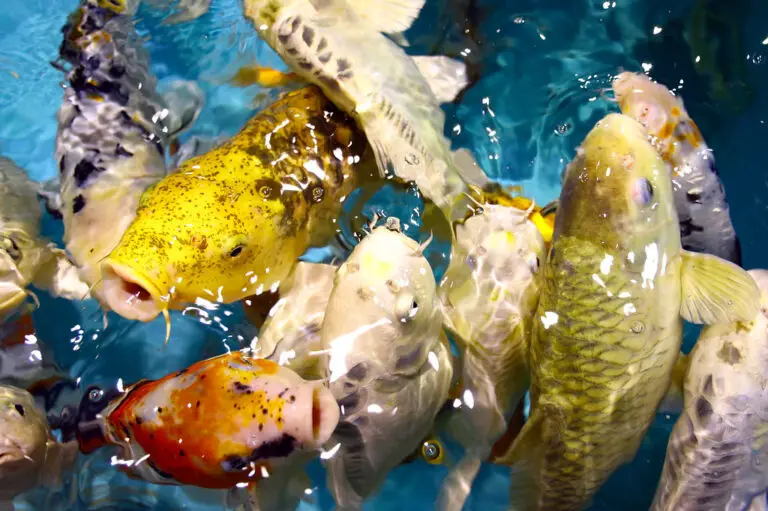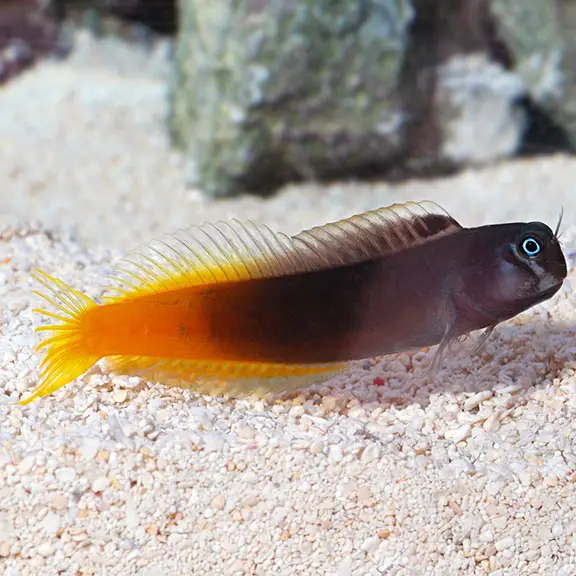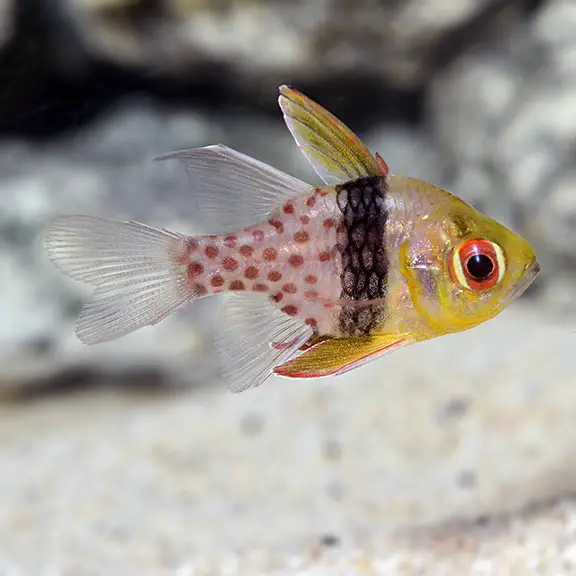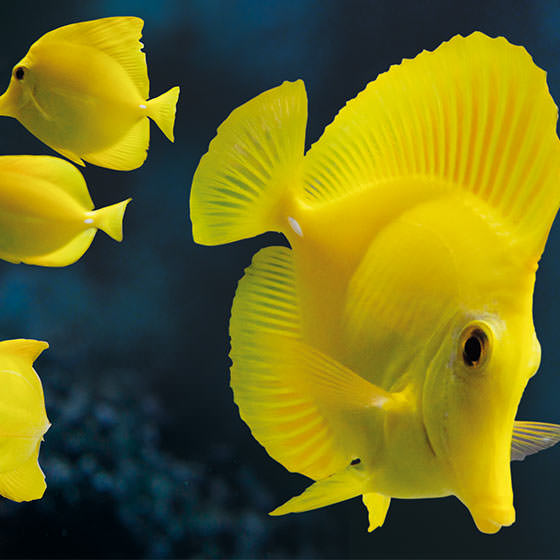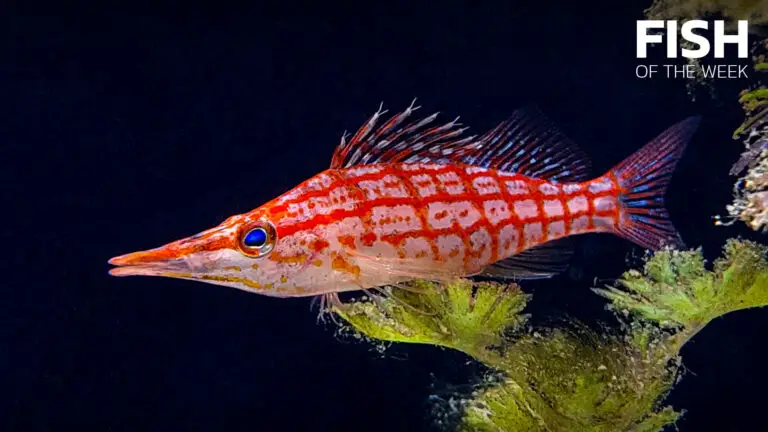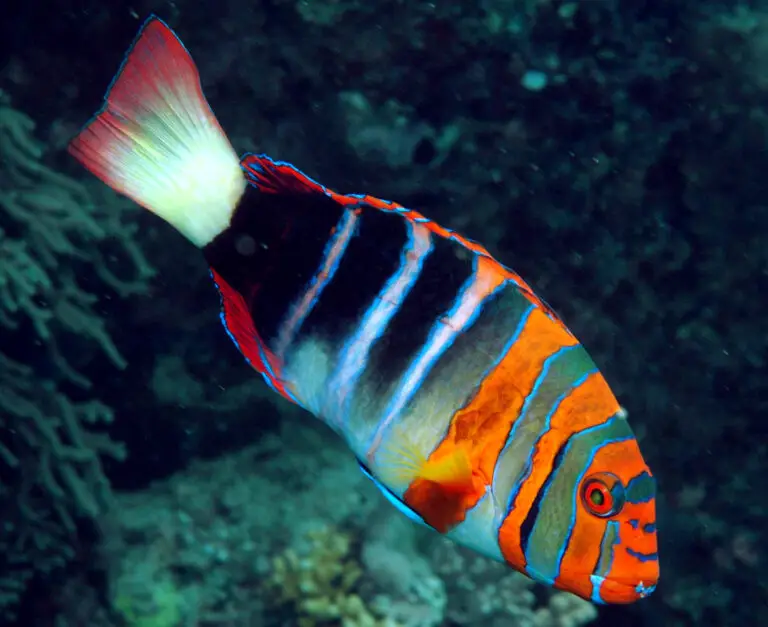Orchid Dottyback: A Colorful Character in the Saltwater Aquarium
Bringing a burst of color and intriguing behavior to your saltwater sanctuary, the Orchid Dottyback is a popular choice among aquarists. With its vibrant hues and curious personality, this small fish has charmed its way into the hearts of many reef-keeping enthusiasts. In this in-depth exploration, we’ll cover all you need to know about this delightful species, from setting up its perfect underwater home to caring for it across its colorful lifespan.
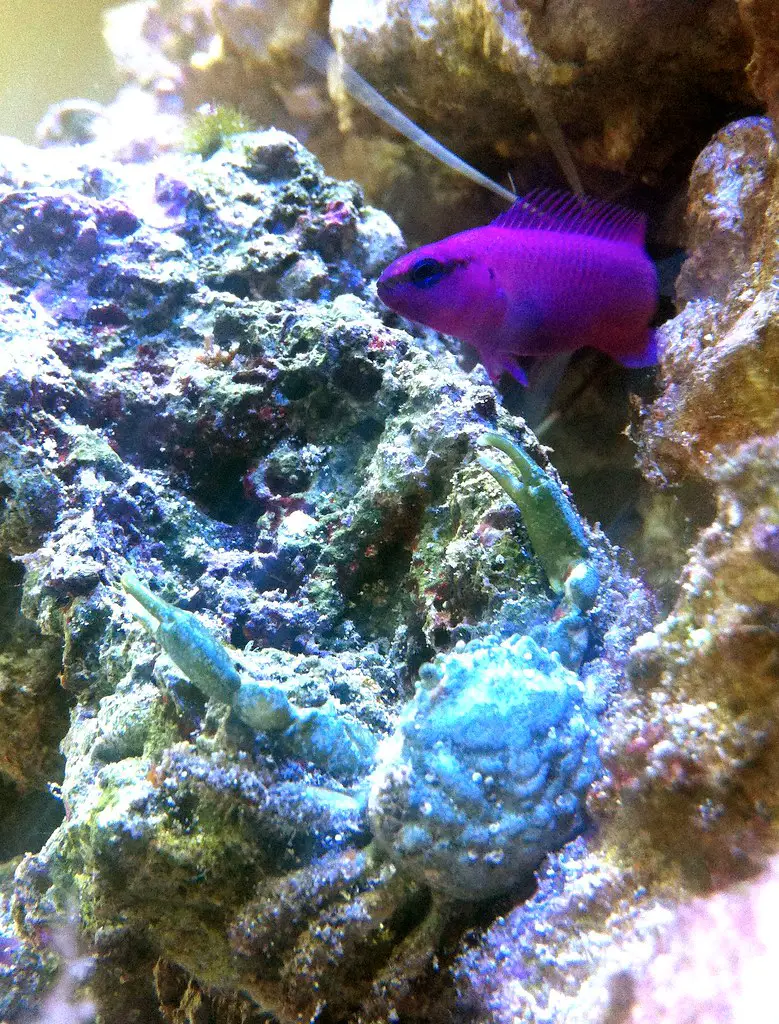
Characteristics of Orchid Dottyback
The Orchid Dottyback, scientifically known as Pseudochromis fridmani, is a member of the Pseudochromidae family. This vibrant fish is native to reef environments in the Red Sea, famous for its striking purple coloration. However, due to the diversity of reef life preferences, captive-bred Dottybacks also come in shades of pink, yellow, and even orange.
Beyond their appearance, these fish are known for their territorial nature, often claiming a small part of the aquarium as their own. Orchid Dottybacks tend to be secretive and may hide among the rocks they’ve staked as their territory. Yet, with time and trust, they can become a highlight in any reef community, often seen darting out from their hideouts to explore.
Setting Up the Ideal Environment
Creating a conducive environment for your Orchid Dottyback is crucial to ensure its health and happiness. Start with a tank of at least 30 gallons for a single Dottyback, and add 10 gallons to that size for each additional fish. Incorporate plenty of live rock structures to match the complexity of a natural reef, and provide caves and ledges for your Dottyback to retreat and play.
Maintaining the right water conditions is essential. Your aquarium should mimic the stability and cleanliness of the ocean. Keep your salinity levels between 1.023 and 1.025, the temperature around 72-78°F, and the pH between 8.1 and 8.4. Regular water changes are imperative, as are robust filtration systems to keep the water quality pristine.
Tank mates for the Orchid Dottyback should be chosen carefully. While they may coexist with other fish, particularly those that occupy different levels of the tank, their territorial behavior means they are best kept in a solitary pair or group. Hardy, less-aggressive fish like Anthias or the peaceful Chalk Bass make suitable companions.
Feeding and Care Tips
Feeding the Orchid Dottyback is straightforward. They are carnivores, primarily feeding on small crustaceans and benthic invertebrates in the wild. In captivity, they accept a variety of foods, including vitamin-enriched flakes, pellets, and frozen foods such as brine shrimp and mysis shrimp. It’s also beneficial to include a quality mix of live food to maintain their health and color vibrancy.
To ensure they receive proper nutrition, feed your Dottyback small portions multiple times a day. Overfeeding can lead to obesity and related health issues, so be mindful of portion sizes.
One of the most common health issues with Orchid Dottybacks is ich (white spot disease) due to stress or sudden changes in water parameters. Regular observation and maintaining a stable environment can help prevent such problems.
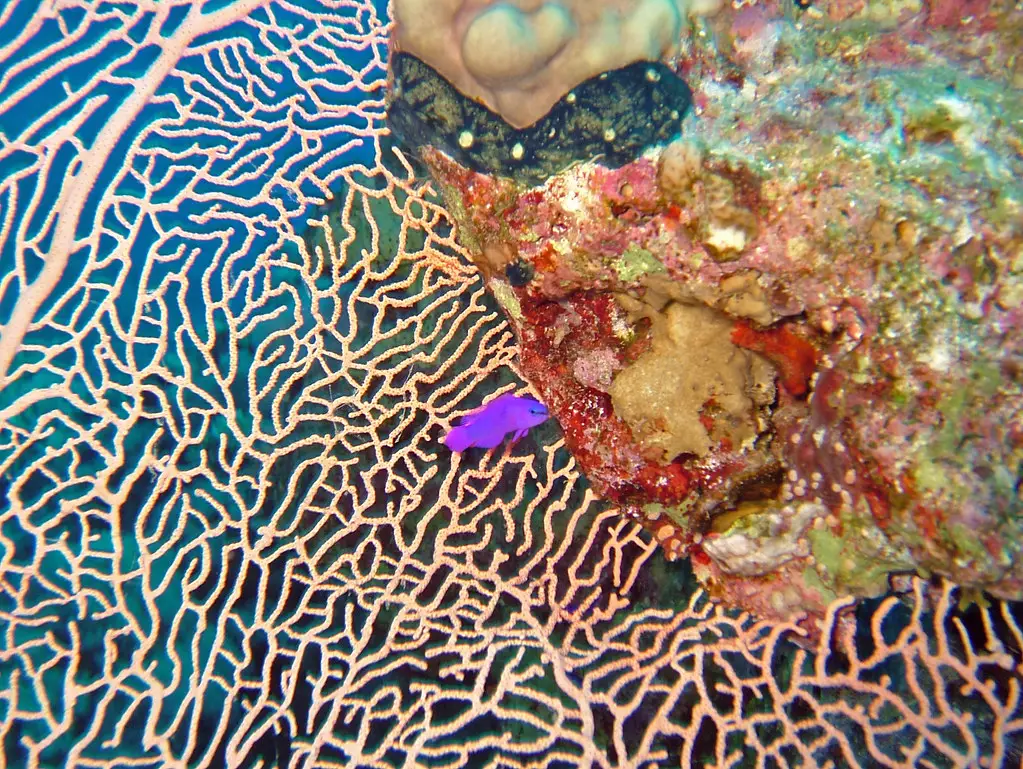
Breeding Behavior
In the aquarium, Orchid Dottybacks can be triggered by specific environmental cues to spawn. Males will perform intricate mating dances to attract a female, usually over several days. Once courtship is successful, the female will deposit her eggs on a flat surface within a cave or crevice guarded by the male.
The male will then fiercely protect the eggs and newly hatched fry, keeping them safe from any intruders until they are old enough to fend for themselves. Breeding Dottybacks can be a beautiful and educational experience for aquarists interested in the intricacies of marine life.
Interesting Facts and Trivia
Orchid Dottybacks may be small, but they are full of surprises. Did you know that the larvae of these fish are pelagic, drifting with the currents for several weeks before settling down? This early life stage is a testament to their resilience in the face of oceanic challenges.
Another peculiar behavior is their rapidly changing coloration when defending their territory or during courtship rituals. From vivid purples to pale pinks, watching these fish adapt their appearance is like witnessing a natural ballet of hues.
Conclusion
The Orchid Dottyback is much more than a dreamy addition to your saltwater aquarium. Its hardy nature, striking coloration, and engaging behavior make it an excellent choice for beginner and seasoned aquarists alike.
By providing the right setting and following the care tips outlined above, you’ll offer a thriving home to this captivating species. It’s also worth noting that the satisfaction of watching your Dottyback in all its splendor is a reward that few things in life, terrestrial or aquatic, can match.
In essence, keeping an Orchid Dottyback in your saltwater tank is to invite a beautiful, mysterious, and graceful creature into your own personal marine world. Whether it’s the peaceful routine of feeding time or the lively dash of color as your Dottyback emerges from its retreat, you’re sure to cherish every moment shared with this delightful fish.

